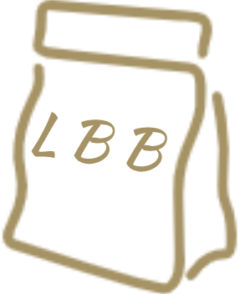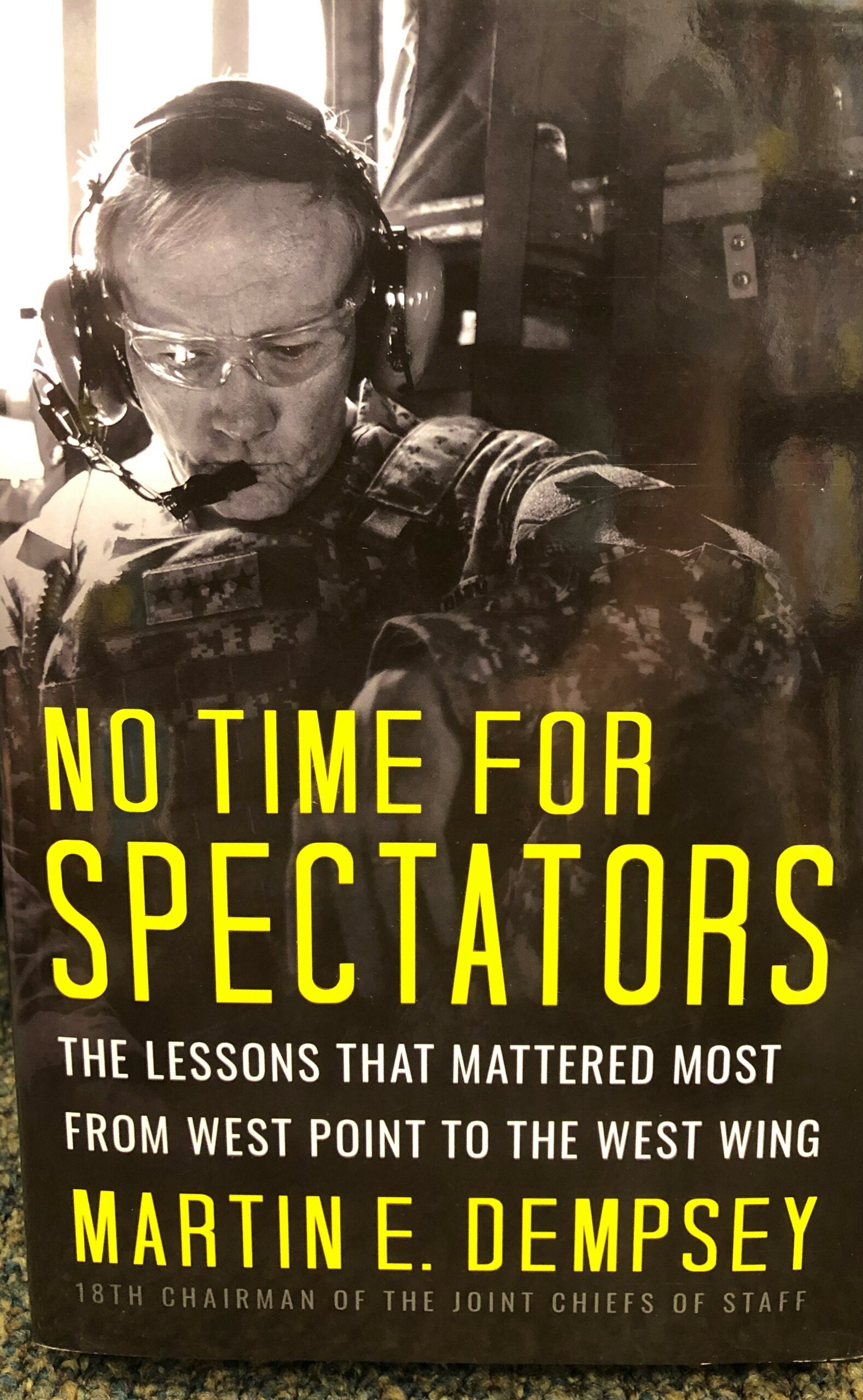A critical part of leadership is knowing what resources are available to accomplish your objectives. Personnel, money, and time are the most common.
Still, other assets more unique to your organization can enable missions and projects to succeed. To fully grasp your team’s capabilities, you need to know what you have available and employ it properly.
Sometimes, assets are called instruments, resources, or capabilities, depending on the context used. Whichever you use, you have to know how to use what you have.
There are three types of resources available to any leader: organic, non-organic, and universal.

Photo by Caio
Organic Assets
These are resources you physically own. If you don’t have to ask for it because you already have it, it’s an organic asset. For example, people, funding, and physical objects like tables and chairs could be readily available resources.
For example, when I was a platoon leader, I had to plan for field exercises and ranges. My platoon had tents, cots, radios, and vehicles already provided to me.
So, these were organic assets because I did not have to ask anyone to use them. These items were under my control. I could use these whenever I wanted.
Aside from physical items, skillsets are also organic assets.
For instance, in my platoon, I needed someone certified to handle ammunition at our ranges. I sent several soldiers to receive an ammunition handler’s training so they could do that task. It was a HUGE help for us as platoon leadership because I didn’t have to coordinate for an ammunition handler.
You want as many organic assets as you can. For instance, if someone in your team wants to earn a certificate, attend a conference, or participate in a training opportunity, make every effort to make it happen. Allow your team to invest in themselves because that newfound skillset eventually turns into a new organic asset.

Photo by La Miko
Non-Organic Assets
These are skills, resources, or capabilities that you do not have at your disposal but need to complete the project or mission. Coordinating for these resources gets tricky, especially if you need to synchronize multiple non-organic assets at once.
Again, as a platoon leader, I needed things I didn’t have. For instance, I needed a specific vehicle for one of my missions. One of my soldiers went and asked for this vehicle from the proper people, and we used this vehicle for our field training exercise. It proved to be an excellent resource for us!
Non-organic assets are where you can get creative with what you want to do. Take a few things into consideration:
-How does this resource help my mission?
-Can I do without this?
-Is this resource vital to the success of the project?
Answering these questions will steer you in the right direction, whether you need to spend time and effort getting that specific resource.
Remember, non-organic assets may be difficult to acquire. And, these resources may not contribute as much as you want to your mission. Adjust accordingly, and don’t be afraid to forego additional coordinating measures to get an asset you don’t need.
Sometimes, it’s worth the extra coordination to get what you want but don’t necessarily need. For example, as a cadet in a Reserve Officer Training Corp program, I took part in a field training with my peers. My instructors coordinated for a Blackhawk Helicopter to take us to a follow-on assembly area.
The ride was breathtaking!! I had never flown in a helicopter before, and it was an exhilarating experience for us cadets. Moral of the story: sprinkle some assets that are “wants,” but it doesn’t distract from the overall mission.

Photo by Alexander Suhorucov
Universal Assets
These are resources that everybody has access to simultaneously. It might be a first-come-first-serve basis, but each person on the mission or project can access these without additional assistance.
Perhaps, it’s abstract to think about it this way. However, people in your organization can access resources without permission at almost at any time. These are things like office supplies, computers, or conference rooms.
Enable your employees to leverage these resources to accomplish your tasks and projects. Remember, your most valuable universal asset is TIME. As a leader, you control the timeline, which is a universal asset to everyone on the team.
For example, we had conference rooms when I was a platoon leader. These were available to everyone, but occasionally, anyone could use the rooms for what they needed. These conference rooms were universal assets for us platoon leaders. We made good use of them.
Also, we had to make our own land navigation course in easily accessible land. That land was a universal asset because it was available to everyone, and I didn’t have to coordinate for it.
Conclusion
Overall, use what you have. Many leaders and employees will lament the lack of something that would make their lives easier. You’re always going to want something more. But, I caution anyone who says that they can’t accomplish something because they don’t have a particular asset.
Don’t get hung up on what you don’t have. In the words of Pete Blaber in The Mission, The Men, and Me, don’t get treed by a chihuahua, meaning, don’t let small problems derail your missions.
There are always ways to adapt your available resources to complete your projects. If you spend too much time stewing over your lack of assets, you’re not focusing on what needs to be done.
Remember, project requirements determine the assets you’ll need. Here are a few things to consider:
-Know the project requirements
-Match project requirements with the universal assets you have available.
-Take the remaining tasks and match them with your organic assets.
-Coordinate for non-organic assets to fulfill the remaining requirements
-Synchronize your assets to execute the mission
An excellent illustration of using assets properly is a book called Exercise of Power by former US Secretary of Defense Robert Gates. He assessed how US presidents from Lyndon B Johnson to Barack Obama used their resources to solve complex foreign affairs issues. Gate’s book was an eye-opening read.
How have you used your resources to your advantage? Leave your experience in the comments section below. Thanks for reading!
Books Mentioned
The Mission, the Men, and Me by Pete Blaber. Read a review here.
Exercise of Power: American Failures, Successes, and a New Path Forward in the Post-Cold War World. Read a review here.
Photo Credit
Featured Image: icon0.com
1: Caio
2: La Miko





Hi, Robert.
Very interesting and informative article about how to use what you have. To me, organic assets have always been the most prevalent assets at my disposal, and sometimes the most underrated ones, too. I have always been a strong believer in training of team members. The more experienced and knowledgeable your team members are, the larger the number of organic assets that you have, too.
I had not previously thought much about non-organic and universal assets, but your article shows that they can be very important assets to have, too.
Thank you for sharing this insightful information.
Michael,
Sometimes organic assets are overlooked. You’re right. Training the team is critical to success! Thanks for your comment.
Robert
Hi Robert,
Really informative an insightful article, I have forwarded this onto some of my team members as I think they would benefit from your advice in how to use their assets to their advantage. I like to help my team in using their assets, as a long as those assets aren’t people. I don’t believe in “using ” people but utilising our time in the right way is so important.
I will let you know what the team think and if they have any questions then they will get in touch, if that is OK?
Thank you for sharing and keep up the great work.
All the best,
Tom
Tom,
I’m glad you found the article insightful! Absolutely:) They can contact me at any time at robert@leadershipbrownbag.com. Thanks for your comment!
Robert
Hi Robert,
This was very interesting. Organic assets are basically the most important, in my opinion, and sometimes undervalued or estimated, depending on the company where you work … People are a very valuable asset in any company, and the right teamleader will know and value their importance 🙂
At my job (I’m a school teacher) certain assets sometimes become unavailable due to loss of electricity or loss of wifi, and then we simply have to improvise. When you improvise you start using other assets that then increase in importance and can even improve the teaching (or the work) experience.
Every day at work is truly like executing a mission, it makes a lot of sense to me. (maybe because I was raised with the military – I’m an army brat – but I could certainly relate) 😉
Christine,
People are the best resource for any company! You’re absolutely right. I appreciate your service as a teacher. And, yes, every day is a mission! Thank you for your comment!
Robert
Hi Robert, thank you for this nice article about how to organize assets to accomplish any mission. I always knew that all the assets are not the same however, it is the first time I learn about them deeply, in detail and how to use these properly. Thank you for sharing this with me Robert. I am going to share this with my friends and family, it is so helpful!
JK,
I’m glad you found value in the article! Feel free to share it with your friends and family for sure. Thank you for your comment!
Robert